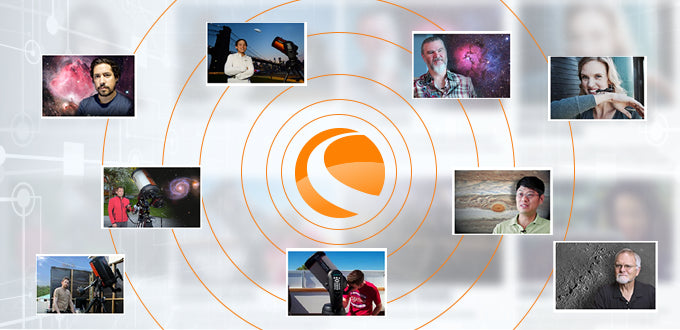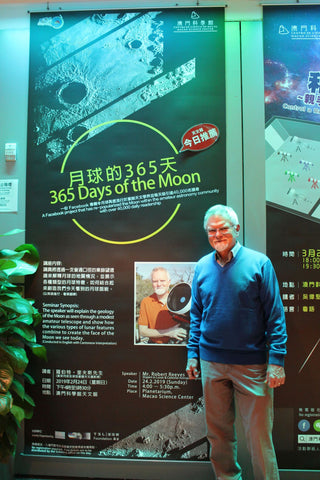Digiscoping Woodpeckers
July 2, 2019
Written by Team Celestron member Sarah Swanson
Digiscoping is simply taking digital photos through a spotting scope. It can be done with a digital camera, but it most often accomplished by aligning a phone’s camera with the eyepiece of a spotting scope or binoculars. I digiscope a lot because it is a way for me to get recognizable photos of birds to post on social media or my eBird checklists without the added expense or weight of a camera. I can get a proof of a rare bird sighting or record interesting bird behavior.
 American Avocets are always fun to watch
American Avocets are always fun to watch
Celestron’s NexYZ adapter has added some flexibility to digiscoping because it fits a wide range of phone sizes as well as several types of optics. You can attach your phone (still in its case) to binoculars, a spotting scope, or even a microscope to capture and share what you are seeing.
 A Fox Sparrow sings in Central Oregon
A Fox Sparrow sings in Central Oregon
When we got the NexYZ adapter, I knew just what I wanted to do with it: get photos and video of birds in Central Oregon. This area of Oregon is a birding paradise where you can find 11 species of woodpecker. Several of these woodpeckers are featured in our book, Must-see Birds of the Pacific Northwest.
 Lewis’s Woodpecker
Lewis’s Woodpecker
Woodpecker nests are relatively easy to find because of the noisiness of the babies and the many trips that the parents make to feed them. You can stake out a nest cavity and watch parents bring food to the nestlings. Eventually, the baby woodpeckers will get large enough to stick their heads out of the hole.
 Baby Lewis’s Woodpeckers
Baby Lewis’s Woodpeckers
When observing bird nests, it’s very important to keep a respectful distance to avoid stressing the birds. If birds won’t come to their nest, you are too close and need to find a more distant spot to watch from. This is where digiscoping is helps by bringing you visually much closer to the birds.
My favorite digiscoping set-up is our Celestron Regal M2 scope, an iPhone, and an adapter like the NexYZ to line them up correctly. I sometimes use a remote camera shutter control to keep my button pushing from shaking the camera. Once we get the NexYZ positioned on the scope, we leave it on as we hike around and look for birds so that it’s ready to quickly slide the phone into.
Digiscoping Tips:
- Be prepared! Have your adapter handy in case you find a cool bird.
- Use a timer or remote shutter control to minimize blurring.
- Stabilize your binoculars on something like a tree branch or a parked car when “digibinning”.
- Take more photos than you think you need to increase your chances of getting a good one.
- Your photos will need some editing and cropping unless you like a circular photo.
Information about Sarah Swanson:
Sarah Swanson is an avid birder and co-author of Must-see Birds of the Pacific Northwest (Timber Press).





























